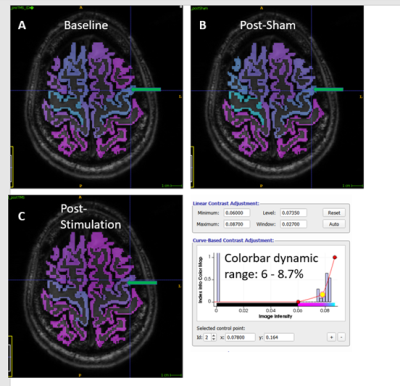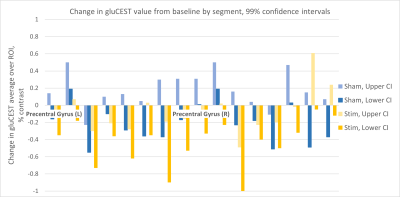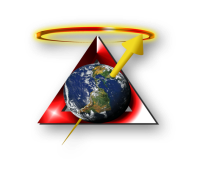Abigail T.J. Cember1, Benjamin Deck2, Jared Zimmerman3, Brian Erickson2, Apoorva Kelkar2, Olufunsho Faseyitan3, Mark Elliott1, Ravinder Reddy1, and John D. Medaglia2
1Center for Magnetic Resonance and Optical Imaging, Department of Radiology, University of Pennsylvania, Philadelphia, PA, United States, 2Department of Psychology, Drexel University, Philadelphia, PA, United States, 3Laboratory for Cognition and Neural Stimulation, Department of Neurology, University of Pennsylvania, Philadelphia, PA, United States
1Center for Magnetic Resonance and Optical Imaging, Department of Radiology, University of Pennsylvania, Philadelphia, PA, United States, 2Department of Psychology, Drexel University, Philadelphia, PA, United States, 3Laboratory for Cognition and Neural Stimulation, Department of Neurology, University of Pennsylvania, Philadelphia, PA, United States
We find that healthy volunteers undergoing continuous theta burst stimulation (cTBS), a form of transcranial magnetic stimulation (TMS) to the left motor cortex (M1) exhibit a statistically significant, non-localized decrease in the gluCEST signal measured at ultra-high field (7T).

Figure 1. GluCEST maps: data from all subjects projected onto the anatomy of a single subject for visual representation. A) average gluCEST by segment, baseline (pre-stimulation) -15 subjects. B) post "sham" (placebo) stimulation - 5 subjects. C) post cTBS (real) stimulation -- 10 subjects. The colorscale is identical in all maps, with settings as shown in the screenshot from ITK-SNAP. Green arrow indicates the left precentral gyrus, the intended target of cTBS in stimulated subjects. Please see main text for full listing of anatomical segments treated distinctly in this analysis.

Figure 2. Barplot of gluCEST changes by segment: 99% confidence intervals (CI) of mean change, as report by unpaired T-test. A cluster of four bars is shown for each segment as listed in the text, beginning with the Precentral Gyrus for each side. A T-test was performed to estimate the 99% confidence interval for the change in each segment for both the sham and stimulated subjects. The 'true' change likely lies between the two confidence intervals, generally giving a value near zero for sham subjects, but a small negative value for stimulated subjects.
